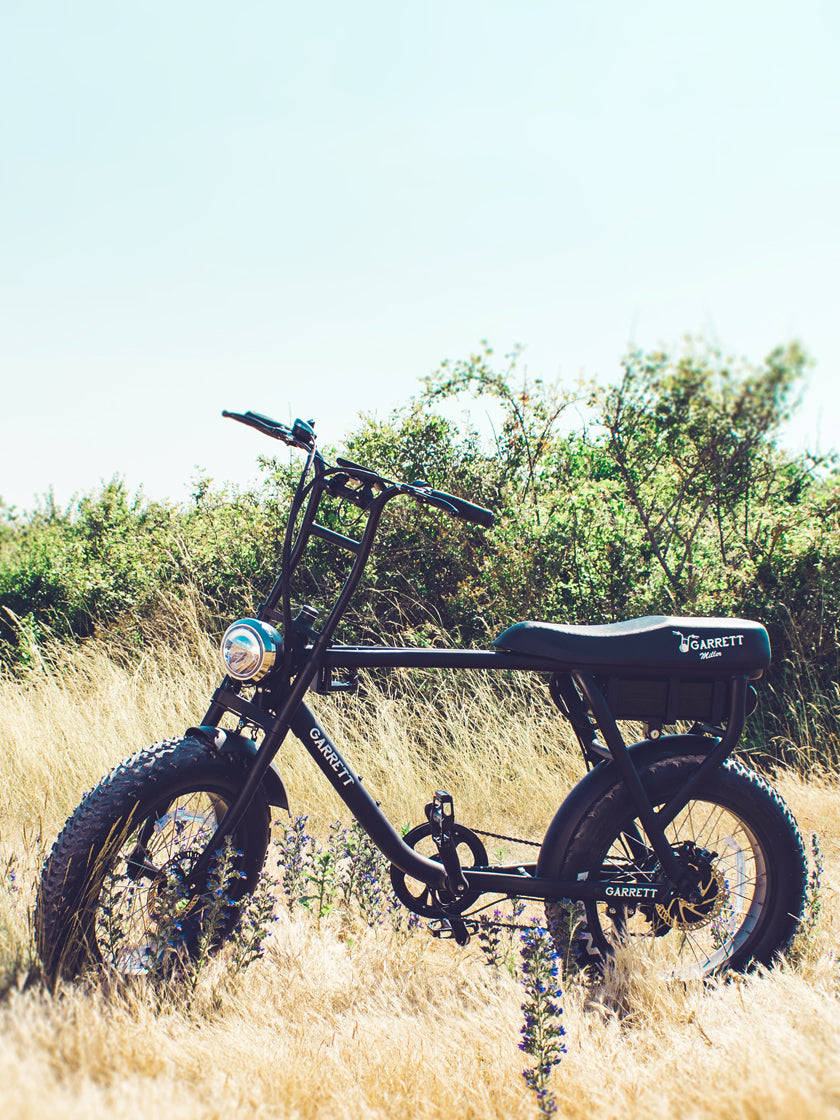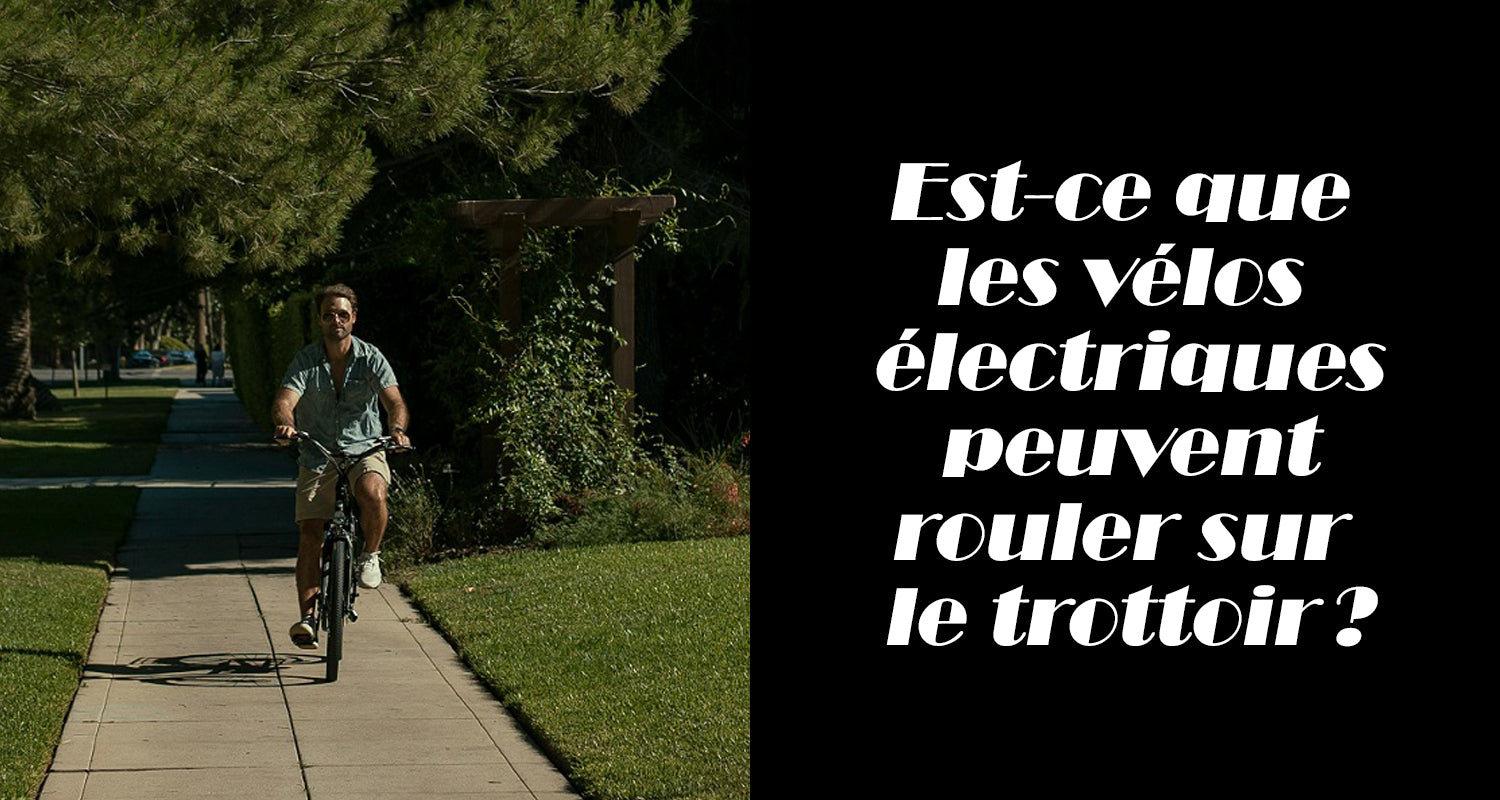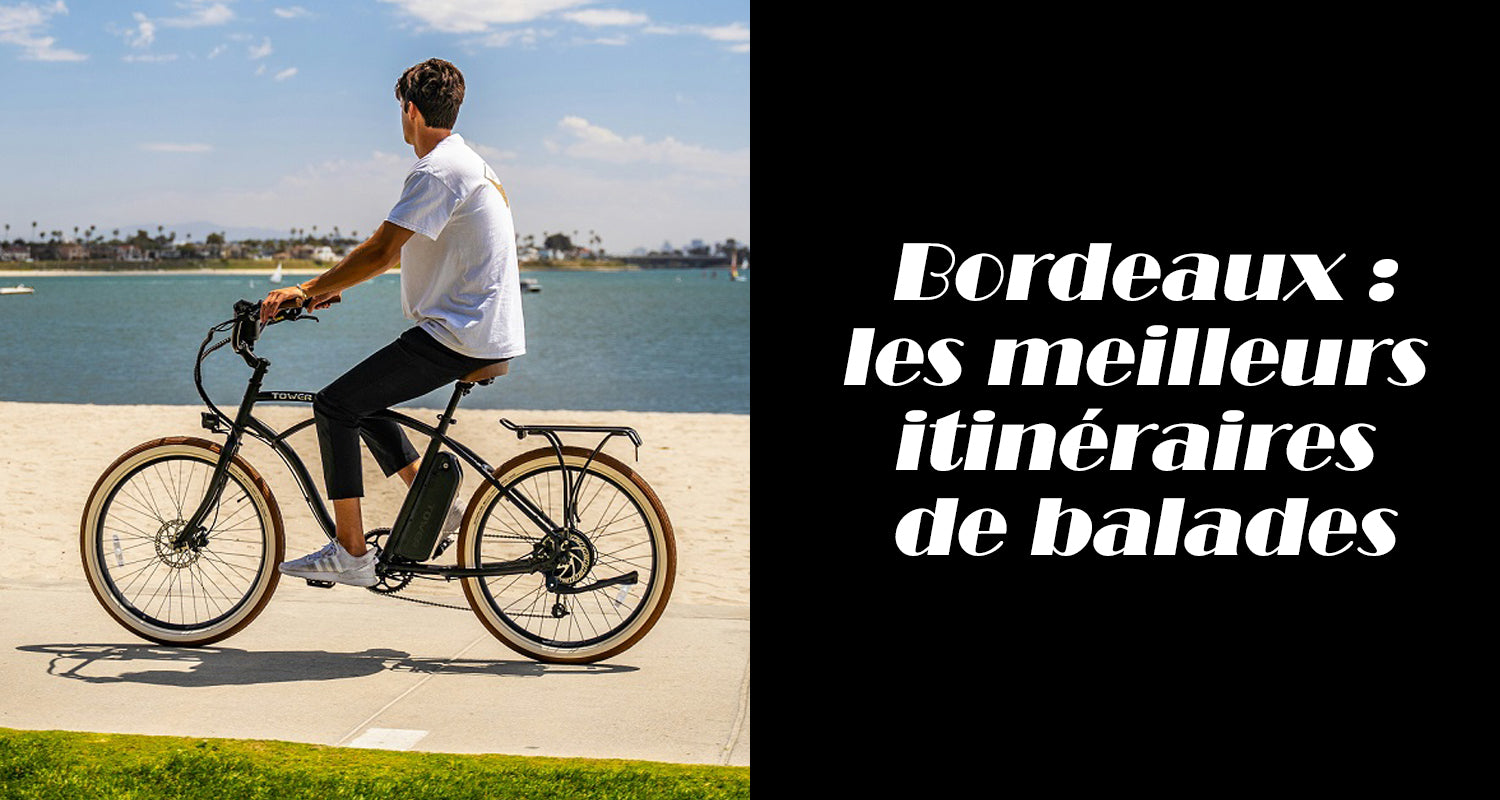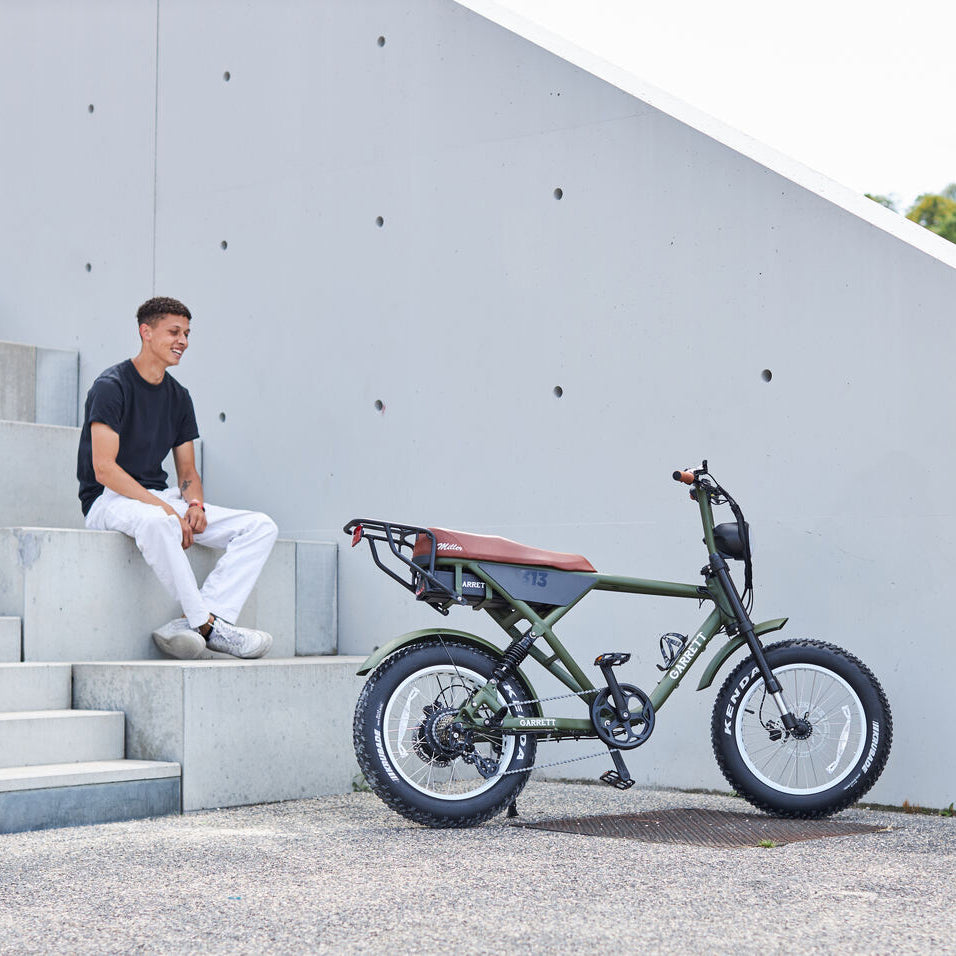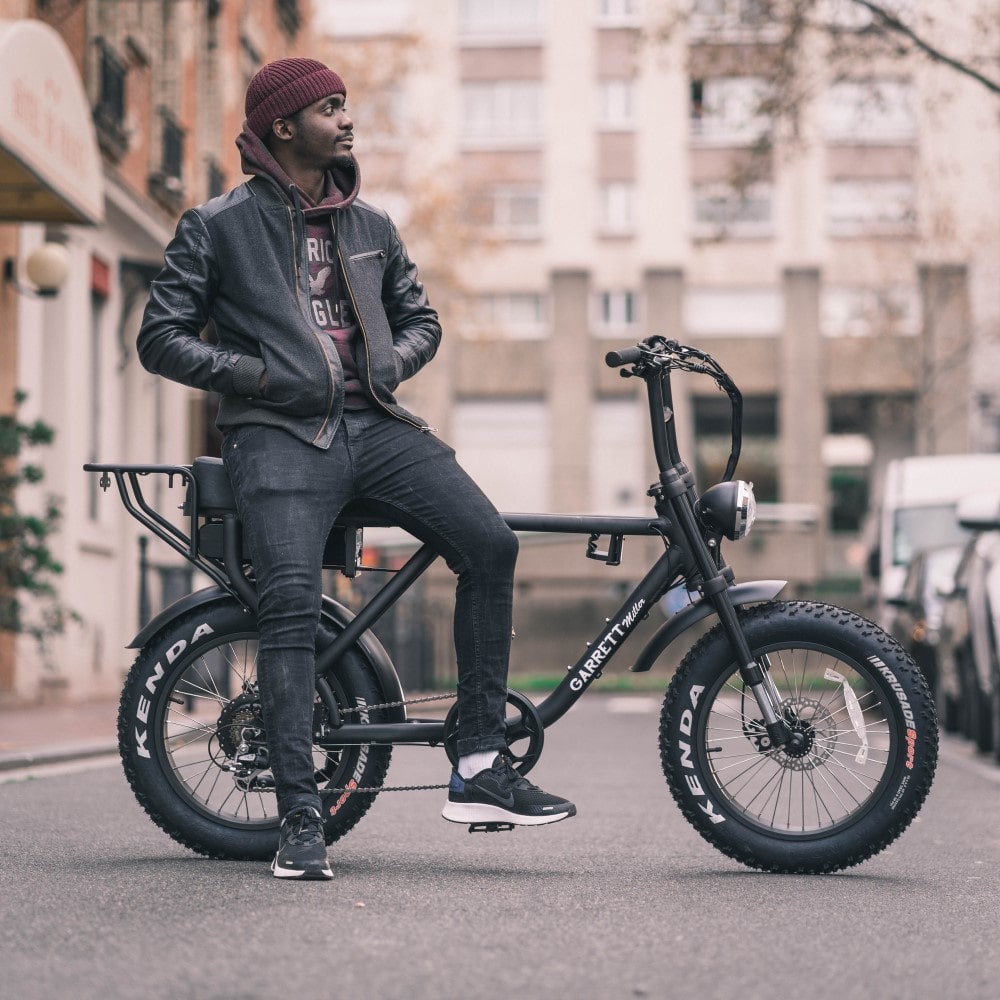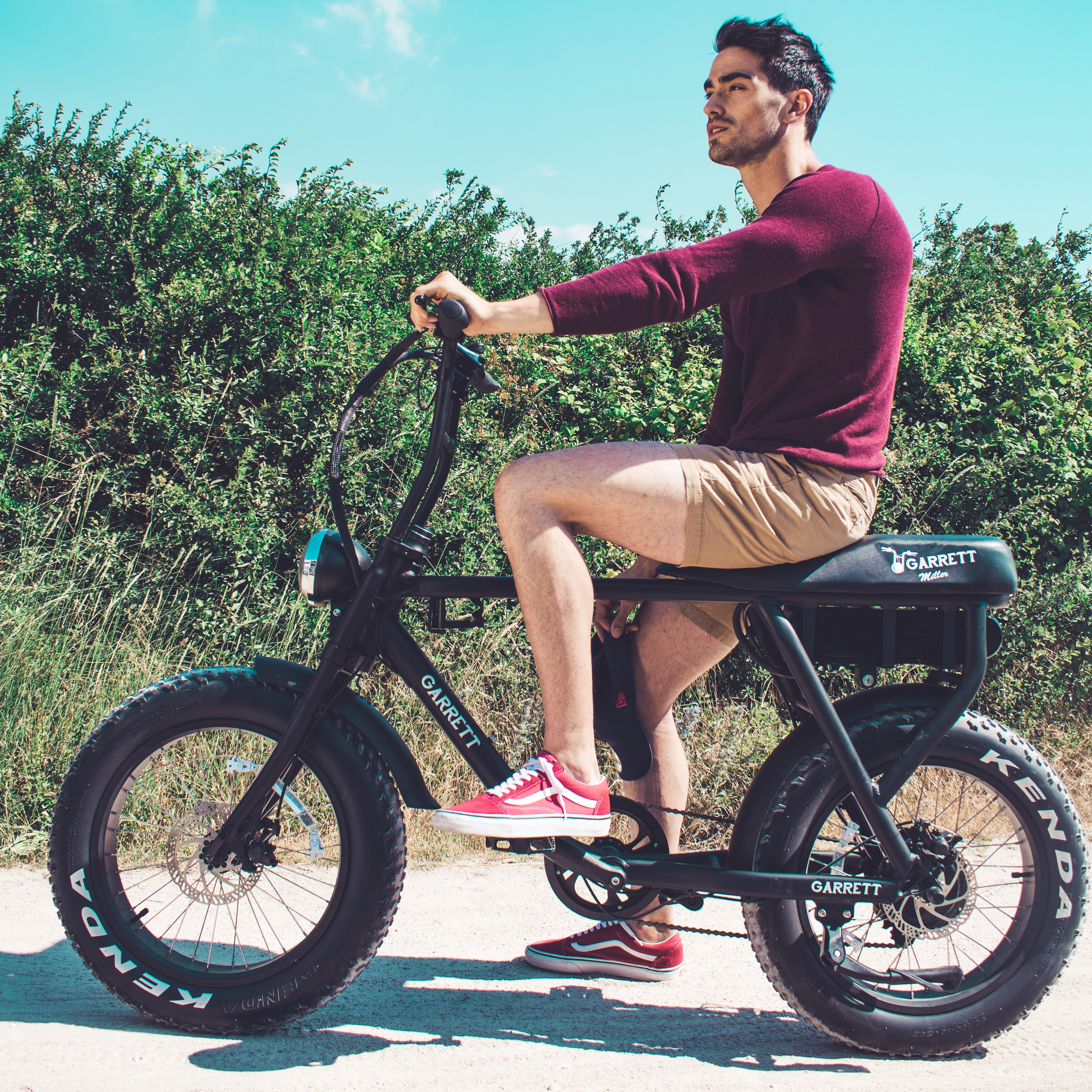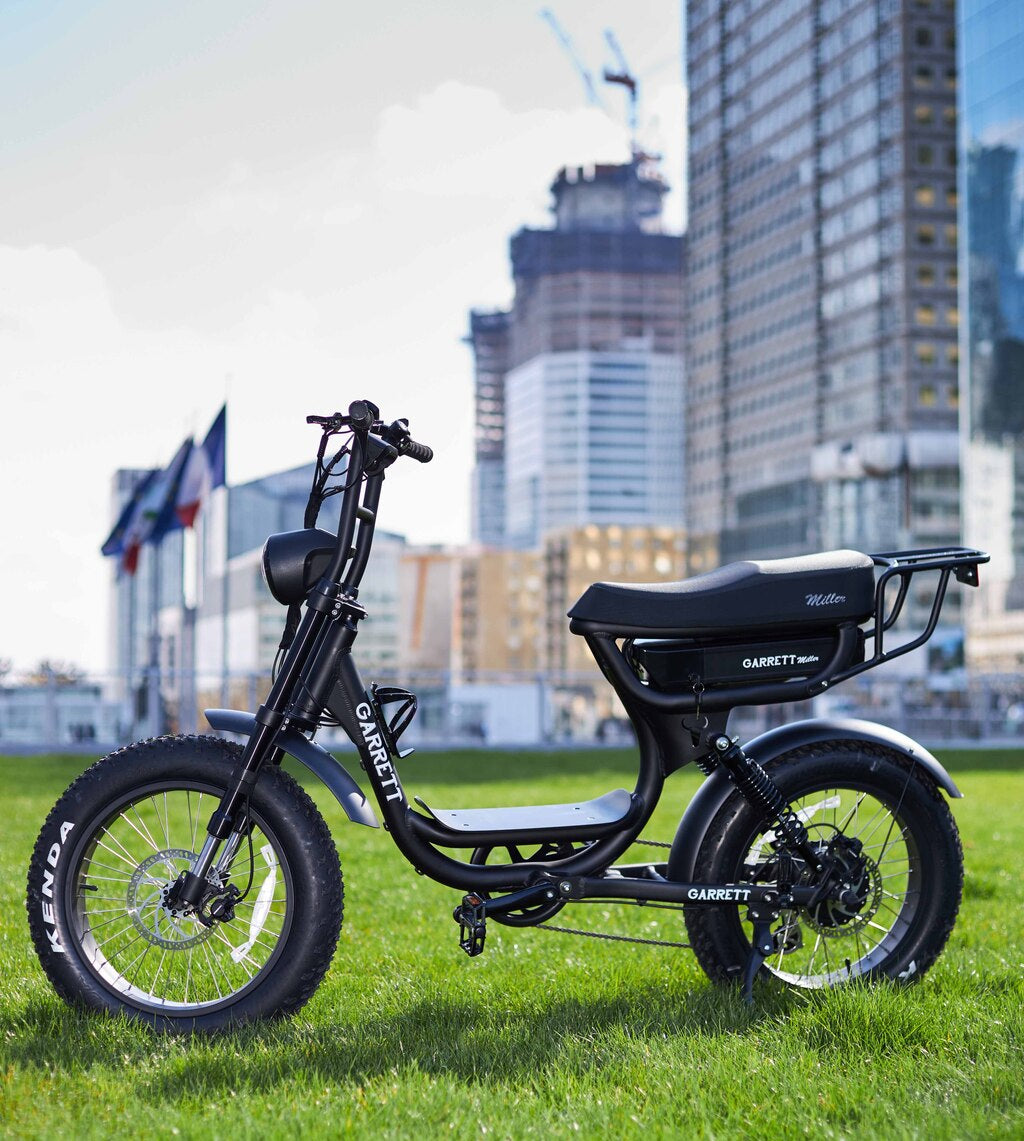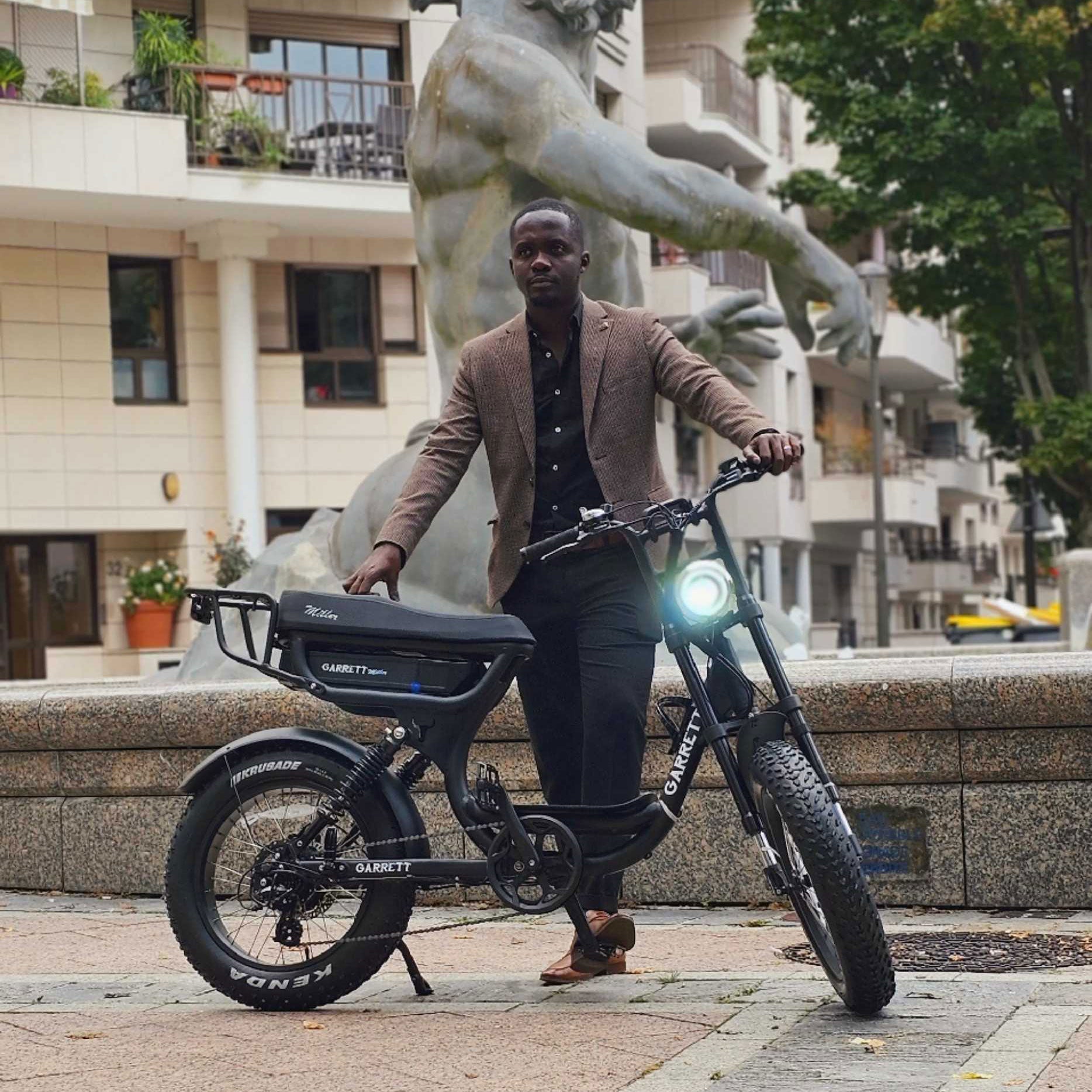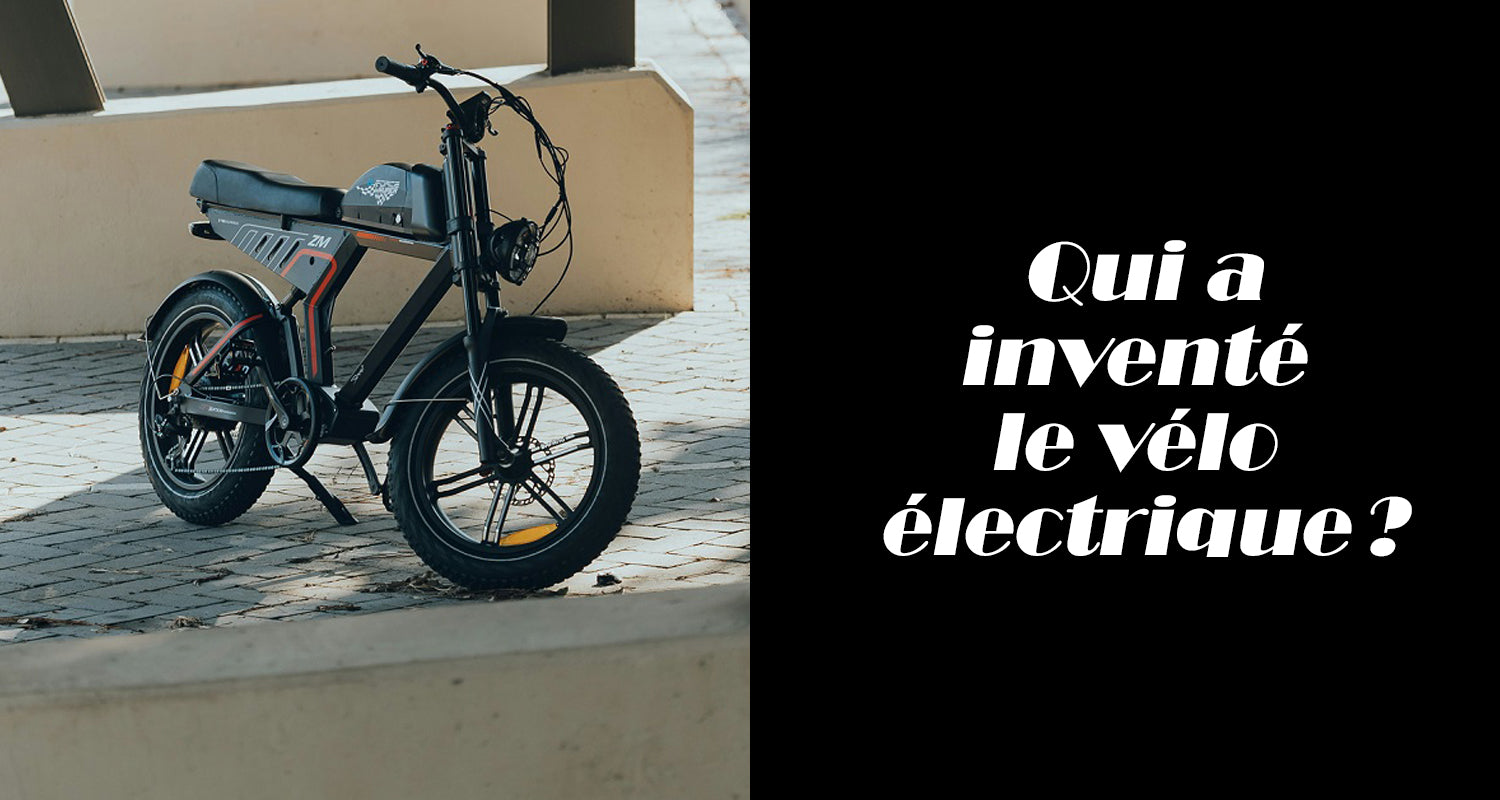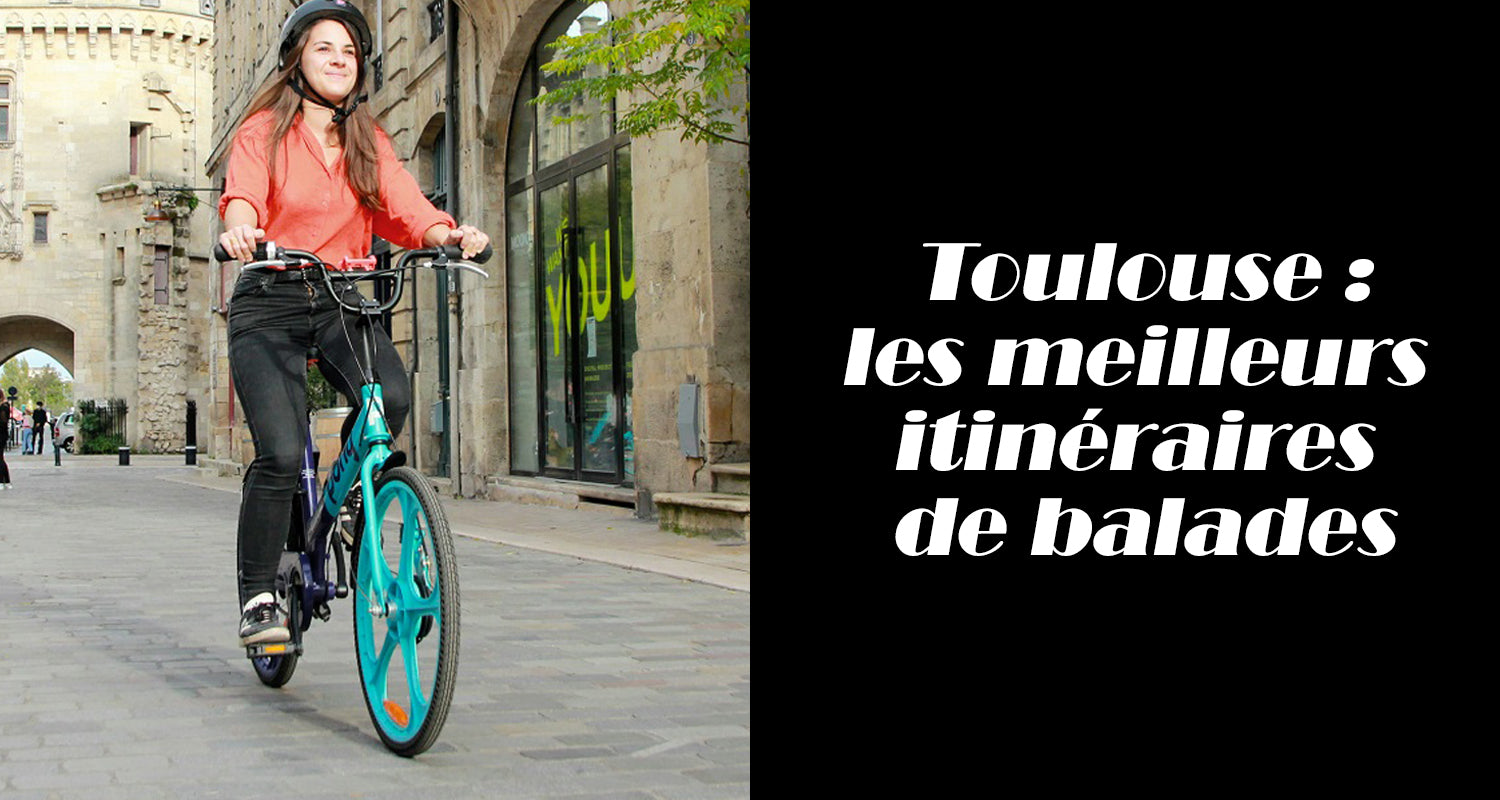Urban cyclists, whether they ride a classic bicycle or an electrically assisted bicycle, tend to want to drive their machine on the sidewalk. However, the legislation clearly states: this practice is prohibited. However, it is quite common to observe bicycles on sidewalks, which are areas exclusively intended for pedestrians.
But what does the law really say? Where should the bikes ride? If, like motorists, cyclists must comply with the Highway Code, they must under no circumstances travel by e-bike on the sidewalk. However, there are certain exceptions. This is what we invite you to discover in the following lines. In addition, we invite you to better understand the main points about city traffic by e-bike.
Some elements to be better known by cyclists on cycle paths
Before we get to the bottom of the issue of riding an electric bike on the sidewalk, let's first see which lanes and tracks are reserved for bicycles and e-bikes. In the context of urban transport , a cyclist is supposed to know these in order to comply with the regulations and not commit any offenses.
First of all, it should be noted that there are several types of roads for bicycles. Big wheel electric bikes or 2-seater electric bikes can also be used there, except for fast bikes which must travel on urban roads, with motorists.
What you need to know about the cycle path
The cycle path is undoubtedly the most common roadway for cyclists within urban areas. By definition, from a legal point of view and in accordance with article R110-2 of the Highway Code, the cycle path is the roadway solely dedicated to cycles with two or three wheels.
Light cyclomobiles as well as motorized personal locomotion devices are also permitted to use the cycle path. It should be noted that it is well separated from the main road. This, either by an elevated median or by being located in the immediate vicinity of the curb of the sidewalk.
What about the bike lane?
The cycle lane constitutes another form of roadway mainly intended for bicycles with two or three wheels. Light cyclomobiles also have the possibility of using the cycle lane, as do personal motorized transport devices.
Like the cycle path, this type of roadway also runs alongside the boundaries of sidewalks dedicated to pedestrians or other common roads. If the strip is not raised by a shoulder, it is characterized by markings at ground level. These markings are sometimes continuous and other times discontinuous. As a general rule, the cycle lane has arrows which specify the direction to follow.
In the event of absence of the cycle lane, the cyclist will be required to drive his car on the common roadway, with other cars. However, we recommend tightening to the right. This is to protect against possible accidents and to guarantee the safety of each road user.

VAEs on the sidewalk: some rules to clarify
Riding an e-bike therefore requires compliance with the Highway Code. While there are designated areas in town for cyclists to lower their bike stands and park them, you should know that the sidewalk is a completely different matter. In reality, according to the regulations, riding on the sidewalk for cyclists is one of the prohibited acts. But as stated above, we will still highlight a few special cases.
Case of cyclists under 10 years old
A child under the age of 10 who rides an e-bike is permitted to drive his vehicle on the sidewalk. This regardless of whether there are pedestrians or not. It can also be used on level or overhanging shoulders. This is valid, whatever the size of your electrically assisted bike.
If a cycle path is present and it is perfectly passable
If you have access to a passable cycle path, you must always use it to travel. However, this track is prohibited for bicycles whose width exceeds one meter. This is particularly the case for certain models of electric cargo bikes. In fact, these types of two-wheelers are not allowed on cycle lanes one meter wide or less, or two-way lanes.
It has already been several months since changes were made to European standards relating to cycle paths. From now on, they will have to be wider so that two bikes can pass each other. But for now, if you have a wide cargo bike, you will not be able to ride on the sidewalk or venture onto the cycle path.
Case of an impassable cycle lane or absence of a cycle path
If there is no cycle lane or if it is impassable, you can always travel by two-seater electric bike on the road or on the shoulders. You also have the possibility of driving your VAE in parking areas. If necessary, you can do this on a special passable location or inside bus lanes, if and only if you see a bicycle symbol.

Finally, under what conditions are cyclists allowed to ride on the sidewalk?
A cyclist, whether over or under 10 or 12 years old, may be authorized to use the sidewalk in certain cases. If the few criteria below are present at the same time, the e-bike driver will be able to venture onto the sidewalk:
- The route is not located in a built-up area;
- There are no cycle paths in the surrounding area;
- The cycle path exists, but it is impassable;
- The cyclist is to the right of the direction he is following. In other words, he does not drive on the left sidewalk.
If these parameters are met simultaneously, it is only under this sole condition that you will be authorized to travel on the sidewalk legally.
Some points to emphasize when the cyclist is riding on the sidewalk
Whatever happens, when you ride your e-bike on the sidewalk, here are some imperatives to follow. First of all, you must keep in mind that pedestrians always have priority. Also, the maximum speed at which you can travel on the sidewalk is limited to 6 km/h. The rule applied is similar for all pedestrian areas.
On the other hand, and we can never repeat this enough, if the previously mentioned criteria are not present, the VAE driver will not be able to walk the sidewalks. By deviating from this rule, you may receive a financial penalty worth €135.
Last thing: it should be noted that if a person does not get on their electric bike, but carries it at arm's length, they will not count as a cyclist. She will in fact be considered a pedestrian. As a corollary, it will be possible to pass on the sidewalk, without any restrictions.

Are cyclists required to use cycle paths?
Although this article discusses whether or not e-bike drivers can use sidewalks, here is another question open to debate. It deserves a serious response. And for good reason, traffic on cycle paths often causes certain misunderstandings. Some cyclists are sometimes even reluctant to travel on these special roads. But then, what does the law say on this subject?
Obligation or not: what is the end of the story?
Under the Highway Code governing the driving of electric bicycles, it is up to public authorities and the police to determine whether or not the cyclist must use cycle lanes. Thus, the Highway Code does not prescribe any constraints on cyclists with regard to passing through cycle facilities, except in the case where the prefect has decided otherwise.
In other words, the cyclist will be required to stay on the cycle paths if the prefect requires them to do so. Otherwise, the decision to ride there or not will be up to them. They will be able to choose between the cycle path and the common road, to ride with other motorists. Here, the obligation does not relate to a minimum age requirement, as is the case with regard to the compulsory wearing of a helmet on an e-bike. This is the decision of the prefecture.
Pay attention to traffic signs
As mentioned in the previous paragraph, cyclists can participate or not in cycling facilities when no law requires them to do so. Still, the VAE driver must remain attentive to the road signs.
If they see a round blue sign, this means that using the cycle lane is mandatory. However, when the sign is square and blue, the cycle path is simply recommended. Thus, the cyclist has the choice of riding on the roadway, if he does not wish to use the cycle lane.

